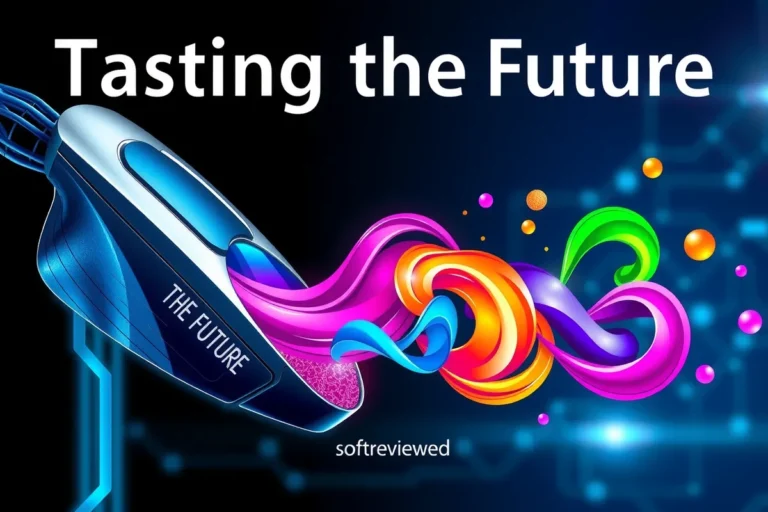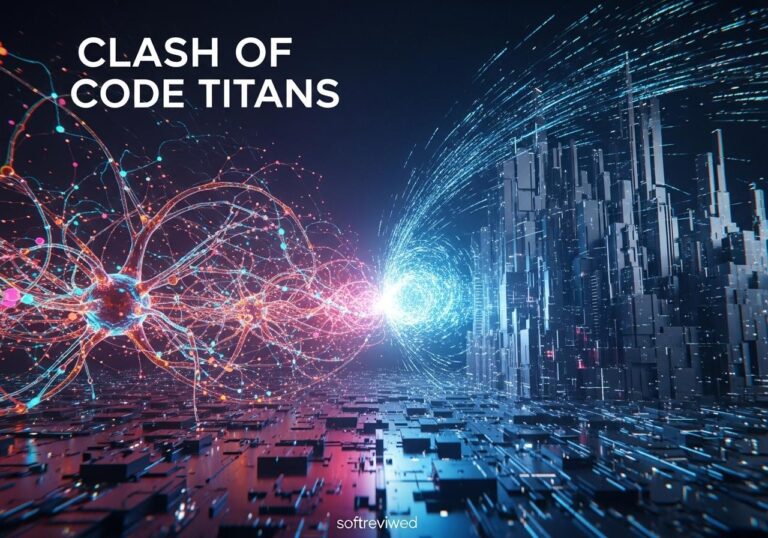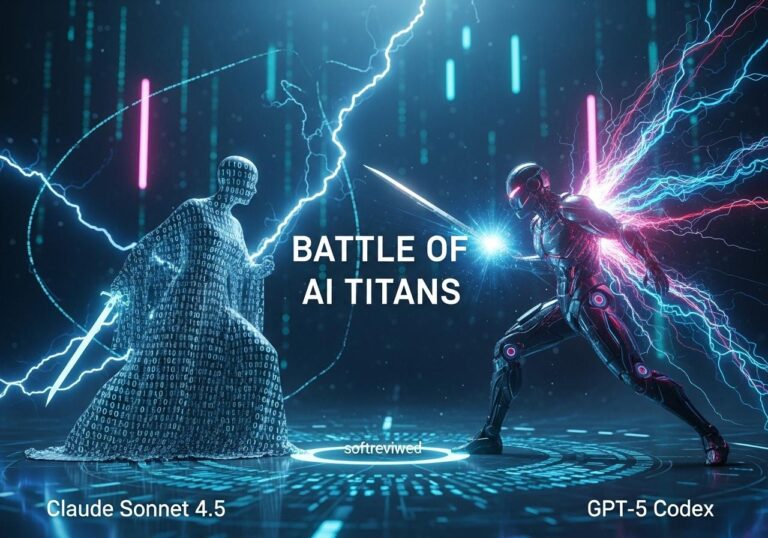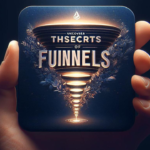AI-Powered Electronic Tongue: Revolutionizing Taste Analysis
Discover how artificial intelligence is transforming taste analysis with unprecedented accuracy and versatility.
AI-Driven Taste Analysis
An electronic tongue, powered by AI, can accurately detect and classify various substances, assessing their quality, authenticity, and freshness with high accuracy.
Broad Applications
The electronic tongue is useful for food safety and production, as well as medical diagnostics, with potential applications in diverse industries due to its robust and flexible design.
Enhanced Accuracy
AI achieves near ideal inference accuracy (over 95%) when using machine-derived parameters, compared to human-selected parameters (over 80%).
Decision-Making Insights
Through Shapley additive explanations, researchers can understand how the AI weighs different data points to make decisions, providing insights into AI thought processes.
Practical Deployment
The electronic tongue is practical and cost-effective, allowing for broad deployment due to its ability to work with imperfect sensors, making it robust for different applications.
Training Data Limitation
The capabilities of the electronic tongue are limited only by the data on which it is trained, indicating vast potential for expansion in various fields.
In a groundbreaking development, researchers at Penn State University have created an electronic tongue capable of identifying various liquid samples with remarkable accuracy. This innovative device, coupled with artificial intelligence (AI), is pushing the boundaries of sensory analysis and offering insights into AI decision-making processes.
What is an Electronic Tongue?
An electronic tongue is a sophisticated device designed to mimic the human sense of taste. Unlike traditional sensory analysis methods, this technology can provide objective, consistent results without the limitations of human tasters.
The Penn State team's electronic tongue comprises a graphene-based ion-sensitive field-effect transistor (ISFET) connected to an artificial neural network. This non-functionalized sensor can detect different types of chemicals, making it versatile and efficient.
How Does It Work?
The electronic tongue operates by analyzing how sample liquids interact with the sensor's electrical properties. The data generated is then interpreted by an AI-powered neural network, which has been trained on various datasets.
Initially, the researchers provided the neural network with 20 specific parameters to assess the samples. However, they discovered that allowing the AI to define its own assessment parameters led to even more accurate results.
Impressive Capabilities

The electronic tongue has demonstrated remarkable versatility and accuracy in various applications:
- Identifying differences in similar liquids (e.g., milk with varying water content)
- Distinguishing between diverse products like soda types and coffee blends
- Detecting signs of spoilage in fruit juices
- Identifying potential food safety concerns
With researcher-specified parameters, the AI achieved over 80% accuracy in about a minute. When allowed to define its own parameters, the accuracy increased to more than 95%.
Insights into AI Decision-Making
One of the most intriguing aspects of this research is the glimpse it provides into AI decision-making processes. The team used a method called Shapley additive explanations to understand how the neural network weighs various components of a sample to make its final determination.
This approach revealed that the AI considers data holistically, looking at subtle characteristics that humans might struggle to define properly. This mimics the complex process of human taste perception, where nuances of flavor are often difficult to explain even by the individual making the assessment.
Applications Beyond Food
While the current focus is on food assessment, the potential applications of this technology are vast:
- Food Safety and Production: Ensuring quality, authenticity, and freshness of food products
- Medical Diagnostics: The sensor's capabilities are limited only by the data on which it is trained, opening possibilities in healthcare
- Environmental Monitoring: Potential applications in detecting contaminants or pollutants in liquids
Advantages Over Traditional Methods
The electronic tongue offers several advantages over conventional sensory analysis techniques:
- Objectivity: Provides consistent results without human bias
- Efficiency: Can analyze multiple samples quickly
- Safety: Able to test potentially harmful substances without risk to human testers
- Sensitivity: Can detect subtle differences that might be imperceptible to human tasters
- Robustness: The AI can produce accurate results even with slight variations in sensor manufacturing, making it more practical and cost-effective for broad deployment
How Can AI-Powered Sensory Analysis Contribute to Healthcare Innovations Like Cancer Diagnosis?
AI-powered sensory analysis significantly enhances healthcare innovations, particularly in cancer diagnosis. By processing complex biological data, these technologies identify patterns undetectable by the human eye. As a result, aidriven cancer diagnosis advancements unveiled promise faster and more accurate detection, paving the way for personalized treatment strategies and improved patient outcomes.
Future Implications
This research not only advances the field of sensory analysis but also provides valuable insights into AI development and applications. As Saptarshi Das, the lead researcher, notes, "We figured out that we can live with imperfection. And that's what nature is — it's full of imperfections, but it can still make robust decisions, just like our electronic tongue."
As we look to the future, the electronic tongue and similar AI-powered sensory technologies promise to revolutionize industries ranging from food production to healthcare. They offer a unique blend of sensitivity, efficiency, and insight that could lead to safer products, more accurate diagnostics, and a deeper understanding of how we perceive the world around us.
The electronic tongue is more than just a high-tech taste tester; it's a window into the future of sensory science and artificial intelligence. As research continues, we can expect even more exciting developments in this fascinating field, bringing us closer to a world where machines can not only taste but also understand and interpret flavors in ways we never thought possible.
Accuracy Improvement in Electronic Tongue Technology
This chart compares the accuracy of electronic tongue technology using AI-defined parameters vs. human-selected parameters across different taste qualities.







